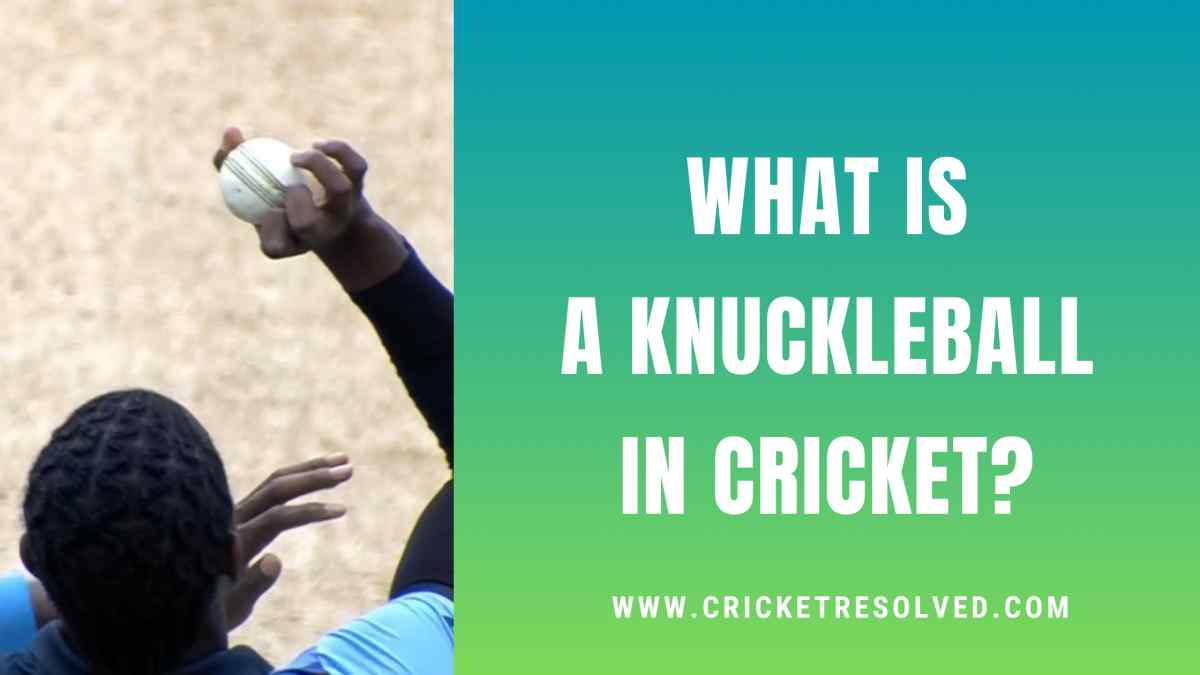
With time, batters have come up with some innovative cricket shots that fetch them boundaries. But to counter the batters, bowlers also look to use some variations that might leave them confused.
One of the variations fast bowlers possess is knuckleball, which has found some liking from modern-day bowlers. So, what is a knuckleball?
Well, let’s decode the knuckleball in cricket.
Knuckleball Variation
You must have seen bowlers bowl slower deliveries to trick the batters, who might misread the delivery and commit to playing the shot earlier than expected.
The slower deliveries have been proven to be effective in getting wickets as well as putting a break on run scoring. So, bowlers have different variations of the slower deliveries, with one of them being the knuckleball.
However, the knuckleball stands out from other variations due to its grip. Other slower deliveries are bowled by gripping the ball in the fingers, but that’s not the case with the knuckleball.
So, how is it bowled?
As the name suggests, the ball is bowled using the knuckles of the finger. So, the bowler grips the ball between the knuckles of the index finger and middle finger with the support of the thumb.
The bowler’s run-up and bowling action remain the same as if they were bowling a faster delivery. But when the bowler releases the ball, the batters can’t judge the pace and mistime the shot.
The fast bowlers use the knuckleball as a deceptive delivery after sending 2-3 quick deliveries. On many occasions, the knuckleballs have given bowlers wickets at crucial points.
However, many bowlers consider knuckleball a difficult variation to master due to its unconventional grip. The bowlers need to make sure that the ball doesn’t slip out of the knuckles, so they have to work on gripping the ball well.
But those who have mastered this variation have found great success in deceiving batters and bagging many wickets.


